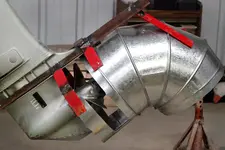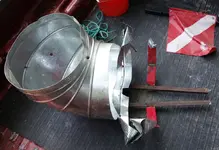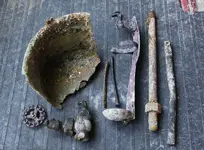garren
Hero Member
- Joined
- Mar 15, 2008
- Messages
- 509
- Reaction score
- 1,221
- Golden Thread
- 1
- Location
- Fort Worth, TX
- 🥇 Banner finds
- 1
- 🏆 Honorable Mentions:
- 8
- Detector(s) used
- Minelab Manticore
- Primary Interest:
- All Treasure Hunting
- #21
Thread Owner
Garren, I have heard of an old paddle wheeler in a swamp by Jefferson, where is this? I am not asking for your exact location, just curious which river or lake. I am in Austin. Keep the photos coming.
A paddle wheel in Jefferson would be super cool! I just metal detected a property along the bayou there this spring. Finding a boat in that swamp would be chore. Our project is a long way from Jefferson. We'll be diggin up here in N. TX.
Well said, Jason. Garren, once you blow a hole in 4' of water, you'll need move the blower slightly one way or the other to make room for inspecting the hole. Just pull in one after corner rope and loosen the other side and re-tie them. Position the blower to where your next hole will be, then go inspect the hole you just blew. Once you're satisfied with exploring that hole, you're already positioned to blow your next hole. I recommend that you plan a grid of blowing holes rather than blowing randomly. Keep track of your holes and artifacts found from each blow. Use markers and/or GPS to help with on site. Otherwise, you'll end up blowing areas you did before and miss spots you could have planned for. Keep us posted.
Thanks Darren! When I metal detect I tend to be a grid searcher....I'll use a GPS and do the same here.
It looks like our trial run will be Wednesday. I'll take pics and keep ya'll posted.
Amazon Forum Fav 👍
Last edited:








